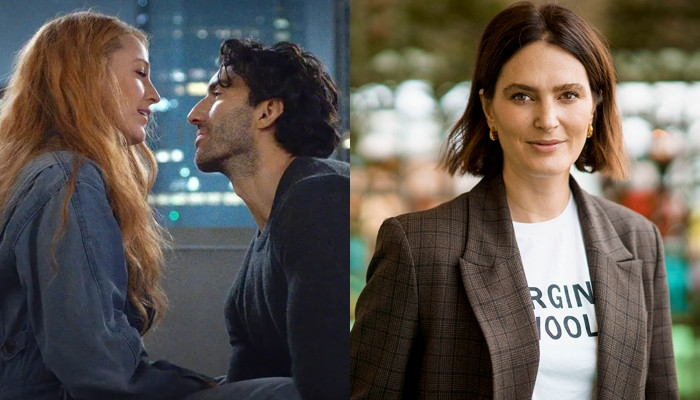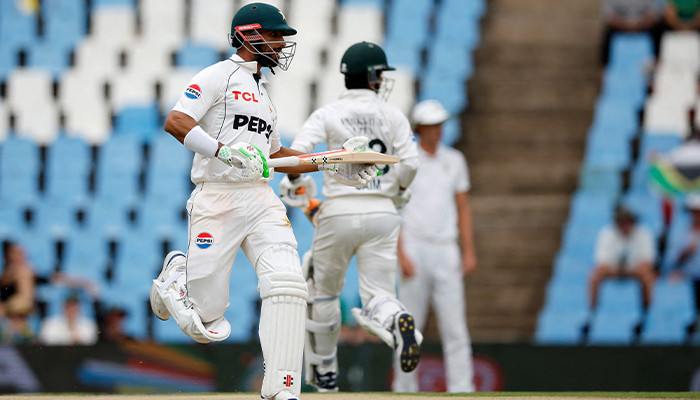Travel
Image of the past
字号+ Author:Smart News Source:Travel 2025-01-13 07:42:45 I want to comment(0)
I ENVY my parents for living in Karachi when they did. My father, like others who lived here between the 1950s to Gen Zia’s accession, describes a city that sounds alien. He narrates stories about how he would go to Café George (for the patties) after work or take my mother to watch a movie; he remembers watching Cleopatra in 1966. Weekends were spent listening to one of the many live bands, both local and visiting acts from abroad, or at various nightclubs. My friend Mohsin’s earliest memories are hearing his daada tell his mother to get the kids ready, after which he’d take all the children all over the city, on trams — like an adventure. Mohsin also remembers visiting famed tea cafés which were intellectual hubs in Karachi, as a kid with his professor father. I credit Mohsin’s endless curiosity to the exposure he got here. This Karachi was open for everyone; sometimes you needed to pay to get into clubs but it remained egalitarian in its attitude. Now, people with money work hard to keep others out. Signs of ‘right to admissions reserved’ represent the rot in society. The beach, parks or spaces like Frere Hall are some spots where the rich and poor cross paths, though I have witnessed efforts to keep poor families out of parks in DHA. We have seen how real estate is trying to gobble up beach land to create exclusive residences. How can we expect a city to restore its past when it can’t manage its present? When we gate ourselves into smaller spaces in the name of safety — I still don’t understand what we are in danger of — we lose a sense of a wider community which brings with it a sense of belonging, one that you can’t get in silos or screens. The mohalla of your elders —which once raised children along with parents and extended family — no longer exists. We don’t know our neighbours anymore. Where can we go to meet each other in the open, except gated parks or arts and literary events, which only occur once a year? After visiting several of the sites of Karachi Biennale a fortnight ago, and enjoying several interactions with folks from all over the city, I sought out similar experiences. I miss The Second Floor, which Sabeen Mahmud opened in 2007, because it provided a space for us to get together. I enjoyed visiting Pakistan Chowk Community Centre in 2018 when I took my students on a heritage walking tour through the Old Town neighborhood. I’ve taken a few friends on this walk which I recommend to get a glimpse of what our city was, and is, like. Thankfully, last Sunday I went to the renovated Khaliqdina Hall on M.A. Jinnah Road to check out the exhibit ‘Crafting Resistance’ which showcased artisans’ work. Here visitors could try their hand at spinning cloth grown from flax, using several blocks to block print, or weave yarn on a portable loom under the advice of the artists. There were other art opportunities for children and adults. Entry is free, even for the qawwali scheduled this evening. I met three people I hadn’t seen in years and would have met more, like the curator of this initiative, if I had stayed longer. I liked being in the space, whose interior was restored though a collaboration between Numaish Collective and the Karachi Metropolitan Council — in three months, proving that if you have the will, funds and fortitude, anything is possible. I want to mention the brass lighting because one of the civil engineers of this project, Shakeel uz Zaman, discovered during the restoration that the lights were brass and had them restored. I mention this small detail to demonstrate that restoration need not be an extravagant affair. And that restoration purely for the sake of it is pointless if you aren’t going to use the building. I appreciate Khaliqdina Hall and library are being used for the purpose its founder, Ghulam Husain Khaliqdina, intended: a space for literary and recreational pursuits. Incidentally the architect of this 1906 building was the Iraqi-Jewish man from Lahore, Moses Somake. This was Karachi’s diversity. It is not one that is difficult to reclaim. Alas, how do you expect a city to restore its past when it can’t seem to manage its crumbling present? It will have to find a way. Instead of demolishing old buildings to create new ones, either under the guise of cost-effectiveness or to show modernity, I join a chorus of voices — far more knowledgeable than I — beseeching the authorities to restore our buildings, return our city to a semblance of its past. The Numaish Collective has shown us the way. Look at the Walled City project of Lahore which has done a remarkable job at conserving the city’s heritage and helping people connect with it, feel pride in it. Surely Karachiites deserve the same.
1.This site adheres to industry standards, and any reposted articles will clearly indicate the author and source;
 Related Articles
Related Articles-
Iran denies report on UN envoy’s meeting with Musk
2025-01-13 07:22
-
President, PM express hope for united, prosperous Pakistan in 2025
2025-01-13 07:07
-
After Kurram peace agreement, MWM chief announces ending sit-ins across country
2025-01-13 06:35
-
Prolonged road closures deepen Karachiites misery on day nine of MWM protests
2025-01-13 05:38
 User Reviews
User Reviews Recommended Reads
Recommended Reads Hot Information
Hot Information- Twin cities face shortage of essential food items as supply remains disrupted
- Prolonged road closures deepen Karachiites misery on day nine of MWM protests
- Pakistan, India exchange lists of nuclear sites, prisoners
- Remains of four more Pakistanis retrieved in Greek boat mishap
- Prize distribution event: Khelta Punjab managers keep winning team away
- ‘Say no to aerial firing’: Aseefa urges revellers to celebrate New Year ‘responsibly’
- 'Uraan Pakistan': PM Shehbaz links economic prosperity to 'political harmony'
- ‘Say no to aerial firing’: Aseefa urges revellers to celebrate New Year ‘responsibly’
- Islamabad police prepare list of over 1,500 PTI leaders, workers for their detention
 Abont US
Abont US
Follow our WhatasApp account to stay updated with the latest exciting content













